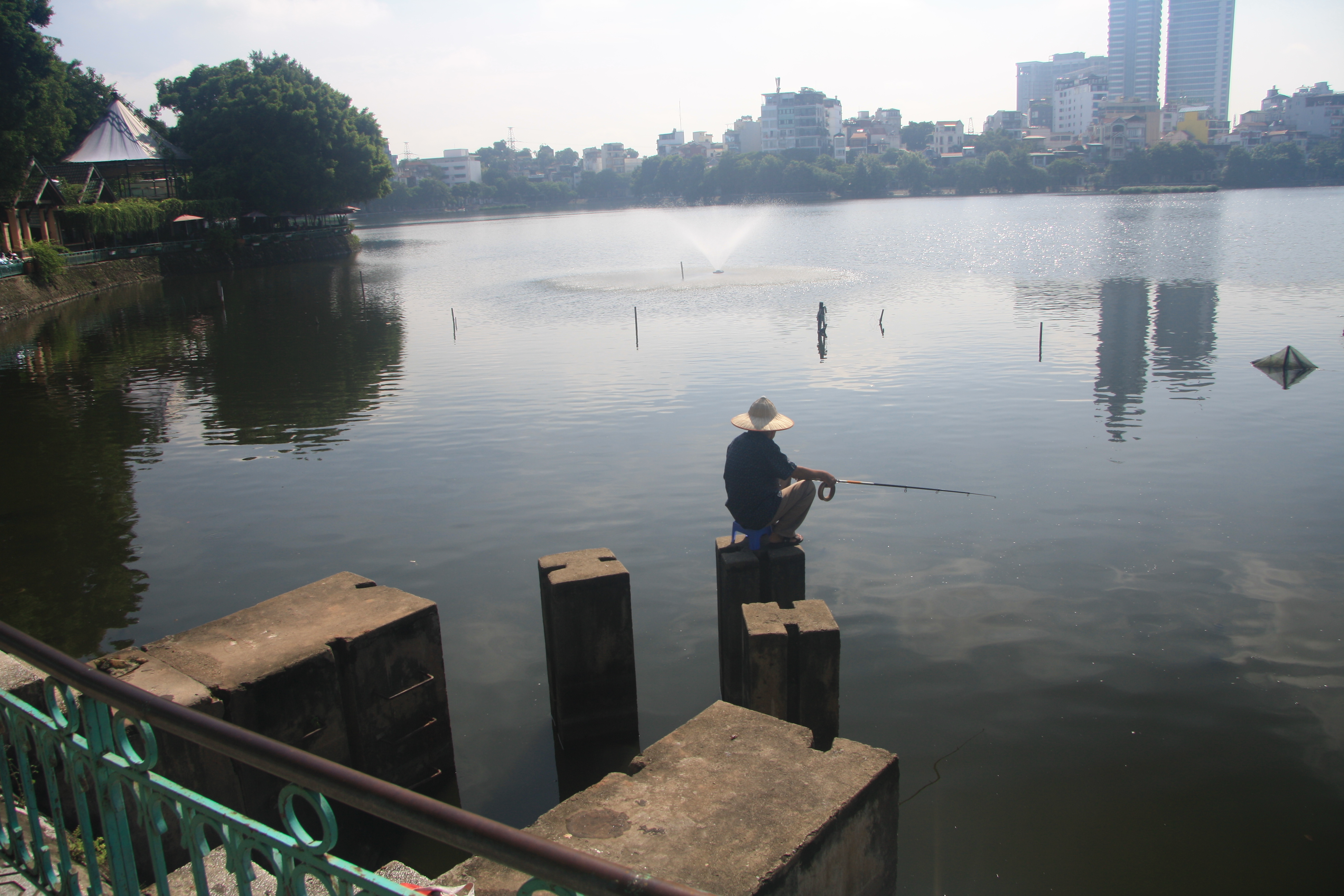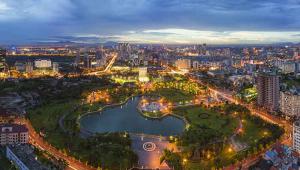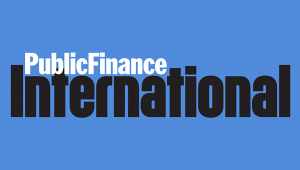Arriving in Hanoi amid a cacophony of motor horns from a swarm of small motorbikes, there was an old man in traditional clothes fishing by a lake.
Across the lake were new high-rise buildings, behind him a memorial to former US senator John McCain, and beyond that an ancient pagoda. It was only later I realised how this image symbolised the way Vietnam is developing.
The Vietnamese prime minister has just established a committee on e-government that he will chair and drive forward to create a legal and economic environment that will “pave the way for digital government, a digital economy and digital society”.
Hanoi, Ho Chi Minh City and Da Nang have committed to becoming smart cities. Hanoi has already implemented parking systems that allow users to find parking spaces and pay via mobile devices.
It is also developing a digital traffic map to manage public transportation, and 2,700 of its schools and universities have introduced electronic school reports and online enrolment. Hanoi's health system was also the first to introduce e-documents, with 900,000 records created so far.
To many westerners, these may sound like familiar aspirations and achievements, but here they represent a much bigger challenge. For much of Vietnam’s history, it has been invaded and controlled by foreign powers including the Chinese, French and Japanese, culminating in the devastating civil war of 1955-1975, when America supported the south against the Chinese- and Soviet-backed north.
This was followed by crippling economic sanctions, which only ended in 1994, thanks primarily to John McCain’s campaign in the US – hence in part the memorial by the lake, where the former navy pilot was fished out after being shot down during the war. When the sanctions ended, the Vietnamese economy was on its knees.
‘There is a massive investment in education, and, although mobile phones and the internet were not available until 2001, there are now over 128 million mobile phone subscribers and more than 50% of people use the internet.’
Vietnam now sees it future in being open to other countries. Tourism has grown rapidly, with a national target to attract 15 million visitors a year. Its politics are communist, but the economy is capitalist. Under the communist system, for example, Vietnam was a net importer of rice, but when the land was handed over to local farmers it quickly became a net exporter.
There is a massive investment in education, and, although mobile phones and the internet were not available until 2001, there are now over 128 million mobile phone subscribers and more than 50% of people use the internet. Together these factors are shaping a new, digitally literate population that wants and expects more of its government.
While Vietnam has looked to South Korea, Japan and China for models of how it can develop, these countries have also seen opportunities to invest in this fast-growing economy, with its resilient, resourceful people. The new motorway and bridge from the airport to Hanoi was funded by Japan. Samsung, the South Korean electronics giant, now employs over 100,000 people in Vietnam.
The Vietnamese have concluded that while technology does not hold all it needs to develop, it is a significant part of almost every solution.













